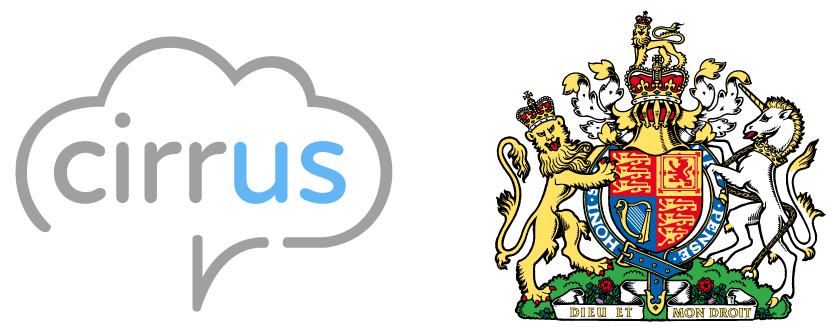This article was first published on CX Today on 18th April 2024.
Standfirst: Unpack a less disruptive, thoughtful approach to implementing conversational AI in customer service
Is it a bird? Is it a plane? No, it’s generative AI (GenAI) that’s sweeping business leaders off their feet.
Indeed, investment in GenAI has soared over the past 18 months, and the contact centre has been a primary target of that spending.
Gartner research underlines this, finding that 47 per cent of enterprise GenAI investment has focused on service – alongside sales and marketing.
There are several possible reasons. First, many use cases were already within the customer service sphere in more complex forms.
For instance, businesses could already auto-summarize contacts with NLP models that vendors spent hundreds of hours engineering.
Now, large language models (LLMs) have wiped away much of that engineering – allowing contact centres to leverage these use cases more quickly and cost-effectively.
Yet, perhaps the most compelling reason for that investment is in how GenAI could augment conversational AI solutions.
As Conversational AI Interest Rises, So Does the Need for a Blueprint
Via test runs of ChatGPT and other LLMs, business leaders caught a glimpse of a future where GenAI-driven conversational interfaces handle complex customer queries.
In many cases, that excitement has created pressure on service leaders to deliver such solutions.
Gartner has recognized this, highlighting how improving self-service is one of the top three priorities service leaders have to enhance customer experience in 2024.
However, 51 per cent of those service leaders who indicate self-service is a priority also named it a significant challenge for 2024 – citing data disorganization issues and organizational resistance.
As such, they need a blueprint for implementing conversational AI, and Cirrus – the CCaaS vendor that uses AI education as a core differentiator – is giving it to them.
Indeed, a Cirrus expert can take leaders through the following steps in much greater detail.
Step 1 – Get the Team Onside
The first phase of any conversational AI project is securing buy-in from critical business stakeholders.
After all, as Gartner highlighted, organizational resistance is a primary challenge for organizations when implementing conversational AI.
Consider people up the business chain and give them confidence that the contact centre can take the reigns of the project so it’s not imposed upon them later.
Yet, also think through how to secure buy-in amongst the contact centre team. In doing so, the leader can frame themselves as someone who wants to make their lives easier instead of being that person who demands change.
Then, as Tatum Bisley, Product & Technology Evangelist at Cirrus, recommends:
“Work closely with your team to familiarize them with the technology and gain insight into where to integrate it into existing processes. This step is paramount and ignites their creativity.” – BLOCK
Swisscom did an excellent job of this, working with agents to build out bot flows that not only automate the most common queries but also those that frustrate them most.
In doing so, they achieved buy-in by actively mitigating their most bothersome problems.
Step 2 – Give Your Bot a Job Description
With conversational AI, it’s easy to boil the ocean – especially as the latest GenAI-powered chatbots connect with the business’s knowledge stores and autonomously handle various customer queries.
However, that has significant risks, as New York City and Air Canada learned the hard way.
Instead, it’s better to map customer intent – as new auto-summarization tools enable businesses to do – and quantify the most common transactional queries to tackle.
First, try to overcome these by fixing the broken processes that generate these contacts – as that may be more effective and conducive to excellent customer service experiences.
When that’s not possible, list the most prominent queries to tackle first within a bot job description – as Bisley recommends.
“Instead of mapping out every possible scenario, you assign AI roles akin to job descriptions, define parameters, and link it to relevant data,” he said.
Indeed, businesses can then take a much more targeted approach to mapping out customer journeys, building bot flows, and ensuring relevant data inputs with the help of their teams.
Step 3 – Slowly Ramp Up the Use Cases
By first targeting simple, common customer queries, businesses can build confidence in conversational AI amongst the business and customer support teams.
Then, after demonstrating its impact on critical outcomes, Bisley recommends:
“As trust in AI grows among both your business and customers, you expand its support scope.” – BLOCK
That may mean taking on some of those less prominent queries or diving deeper into the world of AI to automate the more complex queries, too.
However, there may be other efficiencies businesses wish to unlock first with conversational AI.
For instance, perhaps they could place a bot in the contact queue to gather information, as the customer waits, that’s relevant to their stated intent. That could streamline the subsequent customer interaction and improve the agent experience.
Also, consider those interactions agents hate and work with them to simplify those.
The Swisscom case study again offers good guidance here. For example, its agents had told the project leader that customers would often contact them on Google Business Messenger, say “hello”, and not respond to the agent follow-up.
So, they created a flow with an automated first response to the “hello”, with the query only passing through to the live agent when the customer responded.
Manage the Transition Cautiously
“Each of these stages offers clear ROI and benefits for stakeholders,” concludes Bisley. “However, it’s crucial to manage this transition carefully.
“For instance, the third stage showcases AI’s potential to handle tasks previously performed by humans… Stress that this doesn’t necessarily lead to job losses but can instead fuel business growth, opening avenues for new roles or market expansion. – BLOCK
“This aspect is intriguing, as it challenges the notion of job displacement, presenting an opportunity for reinvestment and growth.
That’s an excellent final point, and Bisley works alongside many Cirrus’ customers sharing such expert advice, diving deeper into the conversational AI blueprint, and boosting outcomes.
To get in touch with his team and discuss your next AI deployment, visit: www.cirrusresponse.com




